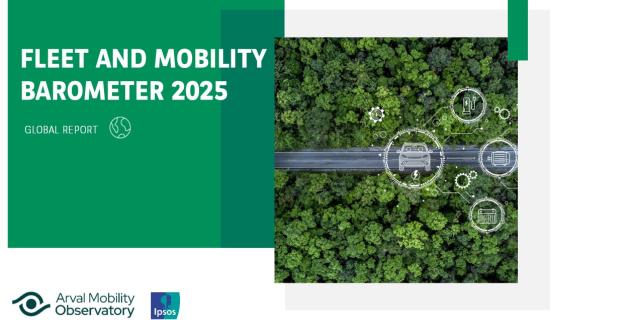New technologies and their abbreviations tend to get quite convoluted.
Electric Vehicles offer many different options, each with their pros and cons. Let's figure this out.
The EV label is used to distinguish electric propulsion vehicles from the Internal Combustion Engine (ICE) cars. It’s an overall name for a category of vehicles, with BEVs, PHEVs and E-REVs all falling under it.
BEV stands for Battery Electric Vehicles, best described as pure EVs. These vehicles run purely on electricity provided by their electric battery and no additional fuel sources.
Emitting no tailpipe exhaust, BEVs are the holy grail of electric mobility. Although they need to be plugged-in, many can charge 80% of their range within 15 minutes. Due to a lower number of moving parts, BEVs are considered to be reliable and easy to maintain.
The biggest obstacles to BEV adoption are the battery range still limited choice of vehicles available today. Each of these are improving: Hundreds of new models with battery ranges upward of 400 km (250 miles) per charge are coming to market in the next few years.
Now to PHEVs and E-REVs.
Plug-in Hybrid Electric Vehicles are common these days and are an interim step toward full electrification. PHEVs have two power sources: a petrol or diesel engine, and an electric motor.
A PHEV automatically switches between its internal-combustion engine, and the electric motor, depending on the use-case
The car's battery is mainly charged via an external outlet, hence “Plug-in”, but also benefits from regenerative braking - using the e-motor as brakes, charging the battery in return.
PHEVs have lower emissions than internal-combustion engined vehicles but are not as environmentally friendly as BEVs. In some cases, their maintenance can get tricky, as their drivetrains can be quite complex.
Now to Extended Range Electric Vehicles, or E-REVs.
E-REVs are similar to PHEVs, as they also have an additional motor running on fossil fuels. The main difference is that E-REVs don't use their petrol/diesel motor to propel the car.
Instead, E-REVs use their fossil fuel motor to power the electric battery when the charge runs low.
E-REVs are charged in the same way as normal BEVs would, with an additional motor helping with the range.
PHEVs and E-REVS should not be confused with 48-volt mild hybrids, which are commonplace these days.
A mild hybrid uses a fossil fuel engine for its main propulsion but also has a 48-volt battery, that runs internal electrical systems and helps with fuel efficiency during the start/stop cycles.
The 48-volt battery helps the car start quicker and quieter, shut down an idling engine during stops and recharges itself while braking.
So why strive for Battery Electric Vehicles, if PHEVs and E-REVs do the job?
Hauling an additional engine around adds complexity, and takes a toll on the car and its range capacity.
Although PHEVs and E-REVs still outperform BEVs in range, that gap is growing ever-smaller.
Though Battery Electric Vehicles are widely regarded as the future, there exists an intriguing alternative: Fuel Cell Electric Vehicles.
FCEVs run on hydrogen and oxygen, generating electricity through an electrochemical reaction within the car. Their only tailpipe emission is water vapour.
Hydrogen fuel cells use liquified hydrogen administered through a process similar to filling up petrol. Refuelling an FCEV takes minutes, but there are very few available stations.
As Fuel Cell cars are yet to enter the wide public consciousness, they are rare and expensive, and their fueling infrastructure is lacking.
Public transport and heavy-goods vehicles are beginning to adopt fuel cell technology, with some buses and trains in the UK, Denmark and Germany already running on hydrogen.
EV options are plentiful and everyone should be able to find something for them. Which EV would you choose











